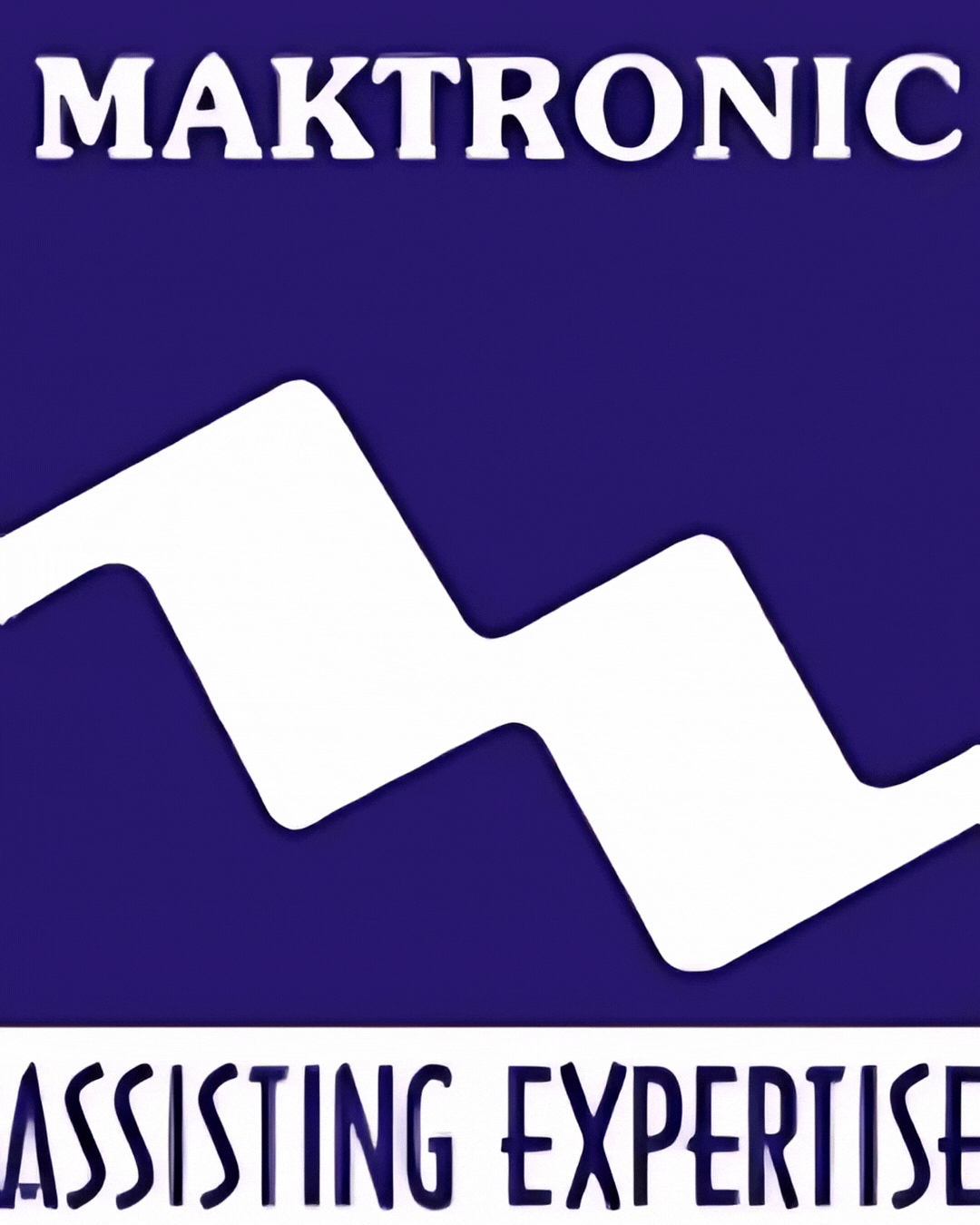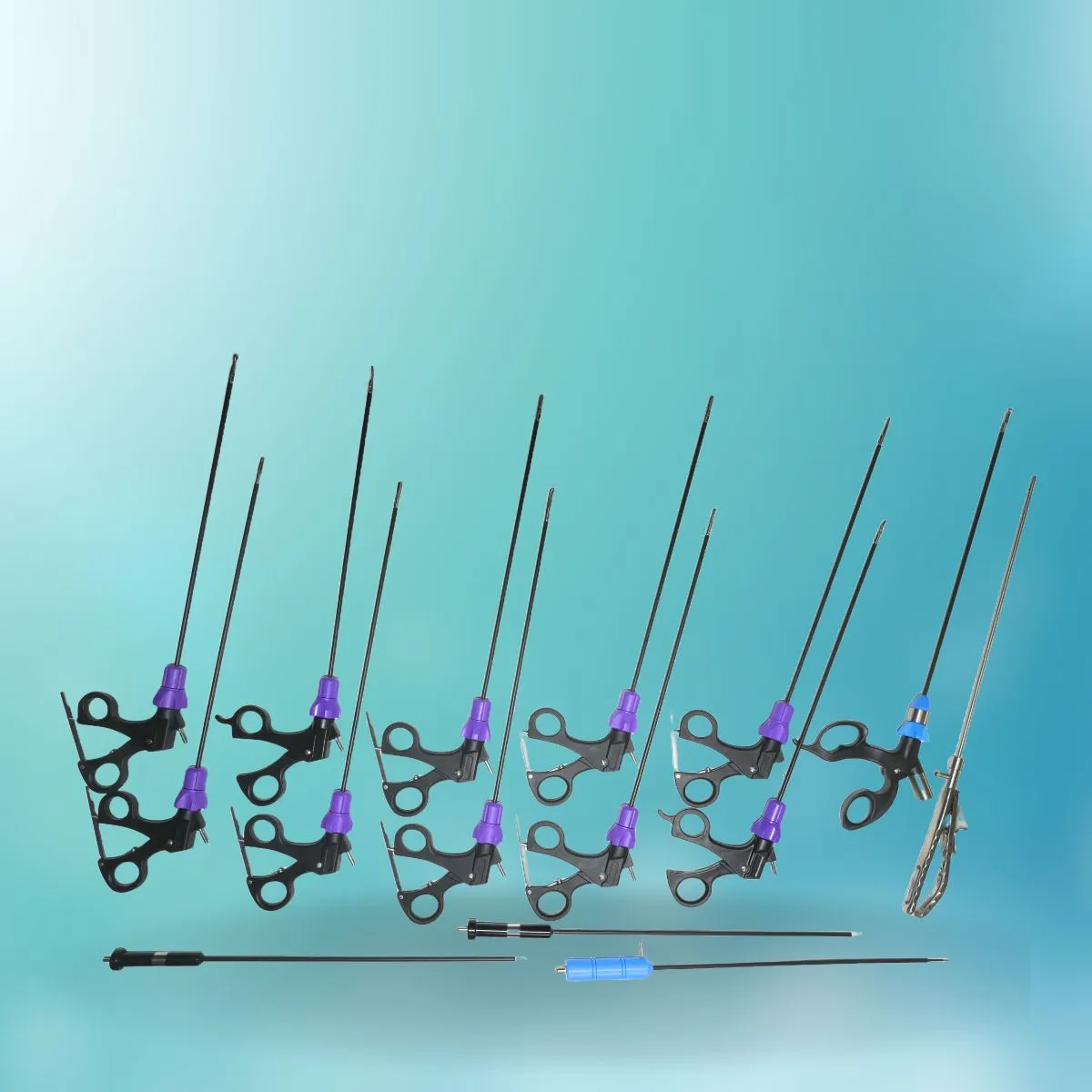Laproscopy Instruments
Description
Laparoscopy instruments are a set of specialized surgical tools used in minimally invasive surgery (also known as keyhole surgery) to perform procedures within the abdomen or pelvis through small incisions, typically less than 1 cm. These instruments are designed to provide high precision and visualization, minimizing trauma to the body, reducing recovery times, and allowing for faster healing compared to traditional open surgeries.
Key Components of Laparoscopy Instruments:
-
Laparoscope: The laparoscope is the primary instrument used in laparoscopic surgery. It is a long, thin tube equipped with a camera and light source, which allows surgeons to view the interior of the abdomen or pelvis on a video monitor. The camera provides high-definition images that guide the surgeon during the procedure. The light source ensures the area is well-lit for visibility.
-
Trocars and Cannulas: Trocars are sharp-pointed instruments used to create access points in the body through small incisions. Once the trocar is inserted, a cannula (a hollow tube) is placed to provide a pathway for other surgical instruments to enter the body while maintaining a clear access site. These are essential for introducing tools like the laparoscope and other laparoscopic instruments into the patient.
-
Graspers and Forceps: These instruments are used to hold, pull, or manipulate tissues and organs during the surgery. Graspers may have different tips, such as jaws or hooks, and are used for a variety of tasks, from grabbing and repositioning tissues to removing or excising organs.
-
Scalpel and Blades: Specialized laparoscopic blades are used for making precise incisions during the surgery. These blades are typically attached to long handles to allow for precise control while minimizing damage to surrounding tissues.
-
Electrocautery (Bipolar and Monopolar): Electrocautery devices are used for cutting tissue or coagulating blood vessels during surgery. They use high-frequency electrical currents to heat tissues, allowing for precise cuts while simultaneously minimizing bleeding by sealing blood vessels. Bipolar electrocautery uses two electrodes, while monopolar uses a single electrode and requires grounding.
-
Suturing and Stapling Devices: Laparoscopic suturing devices are designed to allow the surgeon to close incisions or perform anastomoses (connections between tissues) with minimal tissue manipulation. These devices typically involve a mechanism to place stitches or staples, which are often introduced through the small incisions used for laparoscopy.
-
Suction and Irrigation Systems: Suction and irrigation systems are used to maintain a clear surgical field by removing debris, fluids, and blood. The irrigation system continuously flushes the surgical area with saline or other sterile solutions, while the suction system removes fluids, keeping the field clean and preventing complications.
-
Scissors: Laparoscopic scissors are used to cut tissues or sutures during surgery. These instruments are specifically designed to function in a minimally invasive manner, offering precision and safety in cutting tissue through small incisions.
-
Insufflators: Insufflators are used to inflate the abdominal cavity with carbon dioxide gas to create space for the surgeon to work in. This process, known as insufflation, lifts the abdominal wall away from the internal organs, allowing better visibility and access for surgical tools.
-
Needles and Needle Holders: Laparoscopic needles and needle holders are used for precise suturing and tissue repair. The needles are designed to be thin and long enough to work through the small incisions, while the needle holders are used to guide the needle through the tissue.
Mechanism of Action:
Laparoscopic instruments work together in a coordinated way to allow the surgeon to perform complex procedures with minimal disruption to surrounding tissues. The laparoscope provides a clear view of the target area, while the other instruments are inserted through the cannulas to manipulate, cut, cauterize, and repair tissues. The process allows for delicate surgery in confined spaces, which would be difficult to access through traditional open surgery.
Applications in Surgery:
-
Gallbladder Removal (Cholecystectomy): Laparoscopic cholecystectomy is one of the most common procedures, where the gallbladder is removed through small incisions using laparoscopic instruments.
-
Appendectomy: In the case of an inflamed appendix, laparoscopic instruments allow for its removal without the need for a large incision, minimizing pain and recovery time.
-
Bariatric Surgery: Laparoscopic instruments are widely used in weight-loss surgeries such as gastric bypass or sleeve gastrectomy, as they provide access to the stomach with minimal disruption to the body.
-
Gynecological Surgery: Laparoscopy is commonly used for procedures such as hysterectomy, ovarian cyst removal, and treatment of ectopic pregnancies, allowing for faster recovery and less scarring.
-
Hernia Repair: Laparoscopic techniques are increasingly used for hernia repair, allowing for a quicker recovery and smaller incisions than traditional open surgeries.
-
Colorectal Surgery: Laparoscopy is also used for resections of the colon, rectum, or sigmoid, particularly in cases of cancer or inflammatory bowel diseases, offering quicker recovery and reduced complications.
Advantages of Laparoscopy Instruments:
-
Minimally Invasive: Laparoscopy involves smaller incisions, leading to reduced trauma to the body, less bleeding, and faster recovery times. This also leads to less scarring compared to traditional open surgeries.
-
Reduced Postoperative Pain: Smaller incisions and less disruption of tissues lead to less postoperative pain and a reduced need for pain medication, improving patient comfort during recovery.
-
Faster Recovery: The minimally invasive nature of laparoscopy allows patients to return to normal activities much faster than with traditional open surgery. Hospital stays are usually shorter, and the risk of complications such as infections is lower.
-
Improved Visualization: The laparoscope's high-definition camera provides the surgeon with clear, magnified images of the surgical area, allowing for greater precision and reducing the risk of complications.
-
Reduced Risk of Infection: Smaller incisions result in fewer chances of infection compared to traditional open surgeries, where larger incisions are made and require a longer healing process.
-
Shorter Hospital Stays: Patients undergoing laparoscopic surgery generally experience shorter recovery times, which translates to fewer days in the hospital and a quicker return to their daily lives.
Considerations and Limitations:
-
Learning Curve: Laparoscopic surgery requires specialized training and experience. Surgeons need to be adept at controlling the instruments and interpreting the images provided by the laparoscope.
-
Cost: The cost of laparoscopic instruments and equipment can be higher than traditional surgical tools. However, this may be offset by shorter hospital stays and faster recovery times, which reduce overall healthcare costs.
-
Limited by Space: Although laparoscopic instruments are highly effective, there may be limitations in size and function in extremely tight spaces, which could hinder access to certain anatomical areas.
-
Risk of Injury: Though minimally invasive, the use of laparoscopic instruments still carries a risk of injury to surrounding tissues, such as blood vessels, nerves, or organs. However, these risks are generally lower compared to open surgery.
Conclusion:
Laparoscopy instruments have revolutionized modern surgery by enabling complex procedures to be performed with precision, minimal invasiveness, and faster recovery times. By providing high-definition visualization and allowing for smaller incisions, these instruments reduce trauma, minimize scarring, and speed up healing, benefiting both patients and healthcare providers. As technology advances, the range of procedures that can be performed using laparoscopy continues to grow, making it a valuable tool in a wide variety of surgical fields, including general surgery, gynecology, urology.


